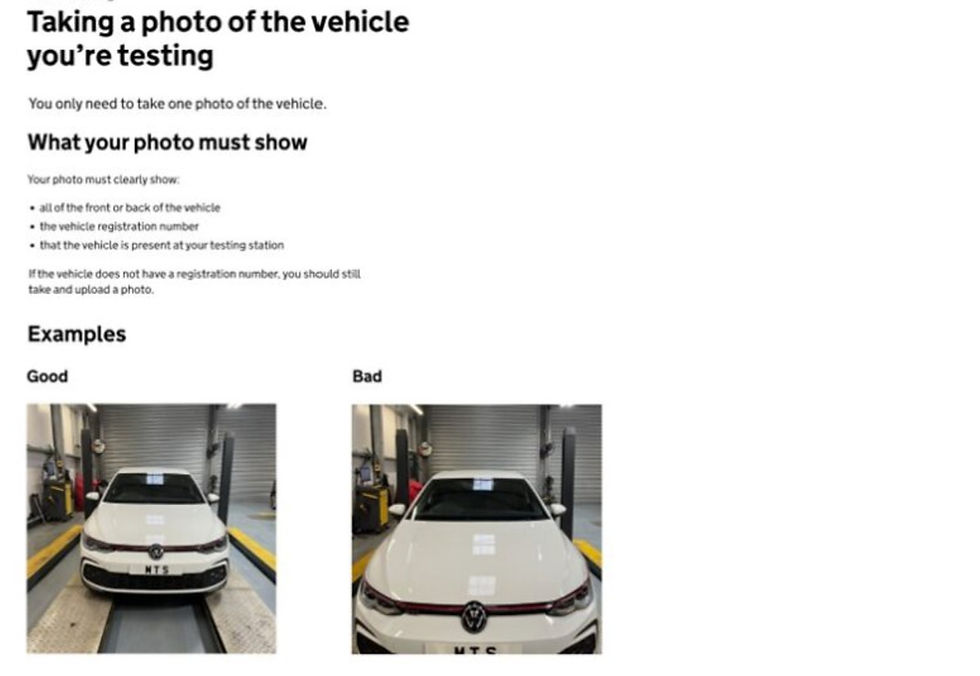MOT Emission Testing: Keeping Our Air Clean and Your Car Legal
- Julian Evans
- Apr 15
- 3 min read

The annual Ministry of Transport (MOT) test is a crucial requirement for vehicles over three years old in the United Kingdom. While the test covers various aspects of vehicle safety and roadworthiness, the emission test is a vital component focused on ensuring that vehicles meet the required environmental standards. This post delves into the MOT emission testing process and highlights the most common reasons for failure, along with typical fixes.
Understanding the MOT Emission Test
The primary purpose of the MOT emission test is to measure the levels of harmful pollutants released by a vehicle's exhaust system. This helps to control air pollution and ensure that vehicles on UK roads comply with environmental regulations. The specific limits for emissions vary depending on the age and type of vehicle, with stricter standards generally applied to newer models.
During the test, one of our certified technicians inserts a probe into the vehicle's exhaust pipe while the engine is running. This probe is connected to a gas analyser, a sophisticated piece of equipment that measures the concentration of various gases, including:
Carbon Monoxide (CO): A toxic gas resulting from the incomplete burning of fuel.
Hydrocarbons (HC): Unburnt fuel that contributes to smog.
Nitrogen Oxides (NOx): Gases that contribute to acid rain and respiratory problems.
Particulate Matter (PM): Tiny solid particles, primarily relevant for diesel vehicles, which can be harmful to health.
Lambda (for petrol vehicles): A measure of the air-to-fuel ratio, indicating the efficiency of combustion.
For diesel vehicles, a smoke test is also conducted to assess the opacity of the exhaust fumes. Excessive smoke can indicate combustion problems or issues with the Diesel Particulate Filter (DPF).
Common Reasons for MOT Emission Failure and Their Fixes
Several factors can cause a vehicle to fail the MOT emission test. Here are some of the most common reasons and their typical solutions:
Faulty Oxygen Sensor: The oxygen sensor monitors the amount of oxygen in the exhaust gases and helps the engine control unit (ECU) regulate the air-fuel mixture. A faulty sensor can lead to an incorrect mixture, resulting in increased emissions.
Fix: Replacing the faulty oxygen sensor is usually a straightforward and relatively inexpensive repair.
Worn Spark Plugs (Petrol Engines): Spark plugs ignite the air-fuel mixture in petrol engines. Worn or dirty spark plugs can lead to incomplete combustion and higher hydrocarbon emissions.
Fix: Replacing the spark plugs with new ones can resolve this issue and improve engine efficiency.
Dirty Air Filter: A clogged air filter restricts airflow to the engine, potentially causing it to run rich (too much fuel) and produce more pollutants.
Fix: Replacing a dirty air filter is a simple and cost-effective maintenance task that can significantly improve emissions.
Faulty Catalytic Converter: The catalytic converter is a crucial component in the exhaust system that converts harmful pollutants into less harmful substances. A damaged or inefficient catalytic converter is a common cause of emission failure.
Fix: Replacing a faulty catalytic converter can be expensive, but it is often necessary to pass the MOT.
Problems with the Diesel Particulate Filter (DPF): In diesel vehicles, the DPF traps soot particles from the exhaust. If the DPF is blocked or malfunctioning, it can lead to high particulate matter emissions.
Fix: Depending on the severity, the DPF might be able to be regenerated (cleaned) through a forced regeneration process or by a long, high-speed drive. In some cases, the DPF may need to be replaced, which can be costly.
Exhaust Leaks: Leaks in the exhaust system can allow unburnt gases to escape before being treated by the catalytic converter, leading to increased emissions.
Fix: Identifying and repairing the exhaust leak, which might involve welding or replacing damaged sections, is essential.
Fuel System Issues: Problems with fuel injectors, fuel filters, or the fuel pump can affect the air-fuel mixture and increase emissions.
Fix: Diagnosing the specific fuel system issue and replacing the faulty component(s) is required. This could range from cleaning or replacing injectors to replacing the fuel filter or pump.
Engine Management System Faults: Issues with the ECU or other sensors can disrupt the engine's optimal operation and lead to higher emissions.
Fix: A diagnostic scan can identify fault codes, and addressing these issues, which might involve replacing sensors or reprogramming the ECU, can resolve emission problems.
Preventing Emission Failures
Regular vehicle maintenance is key to preventing emission failures. This includes:
Following the manufacturer's recommended service schedule.
Ensuring timely replacement of air and fuel filters, spark plugs (if applicable), and engine oil.
Using high-quality fuel – it’s more expensive at the pump but the additives really help!
Addressing any unusual engine noises, smells, or performance issues promptly.
For diesel vehicles, ensuring the DPF regenerates properly (taking it for longer drives at higher speeds occasionally can help).




Comments